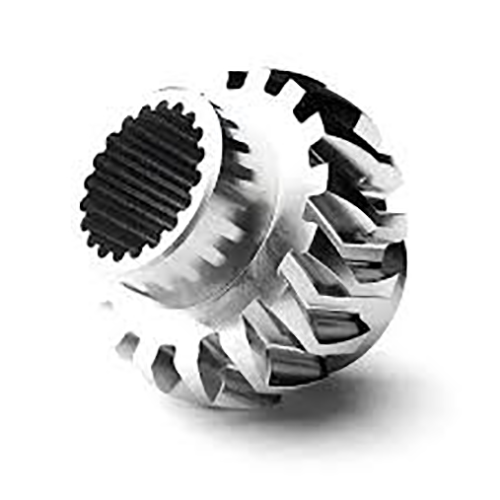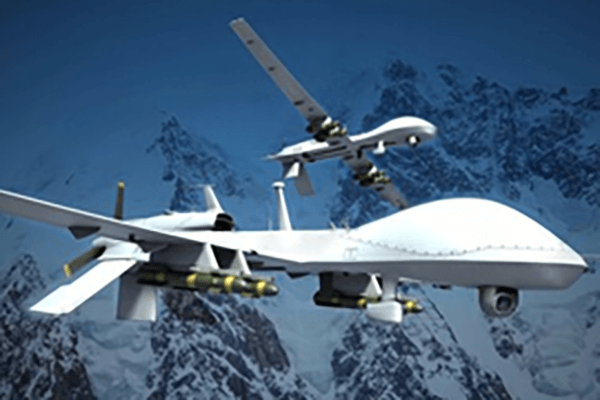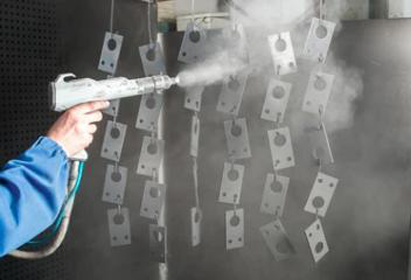
Attaining target exterior polish for a CNC part remains essential.
- CAD annotations convey exact surface criteria for production
- Surface notes typically employ Ra—arithmetic mean deviation—when specifying roughness
- Appreciating callout details is key to ensuring product functionality
- Specified roughness affects lubricant distribution, frictional performance, and durability
- Proper decoding of specifications is critical to deliver the expected finish
CNC Machining: Precision Engineering Defined

Computer-controlled machining embodies a revolutionary manufacturing technique through automated code the equipment produces detailed patterns with tight tolerances.
- Programmed mills and lathes produce top-tier parts across material types
- Broad CNC applicability benefits industries like aerospace, automotive, and healthcare
- Machine-controlled machining secures stable repeatability for production lots
Across prototyping through full-scale production CNC machining serves as a cornerstone in contemporary manufacturing
CNC Specification Guidance
Reading machine specs may appear overwhelming initially
That said, foundational understanding plus a method lets you confront technical details
Commence with recognizing main metrics: spindle rpm, feed, precision, work volume, control system
Each of these specifications contributes to the machine's overall performance.
Example: increased spindle revolutions aid soft materials; accelerated feed raises production.
Understanding these relationships will allow you to select the right CNC machine to match your specific requirements
Always examine producer technical literature in detail.
Provided manuals commonly contain clarifying information and define jargon
CNC Machines Explained: A Full Guide
CNC systems refer to programmed machine tools for accurate automated part production across materials They process programmed G-code to regulate toolpaths and actuator behavior.
- Representative CNC types cover milling tools, turning machines, routers, plasma cutters
- Machining methods apply across metals, plastics, wood, and composite substrates
- Additionally CNC gear supports fast prototyping and limited production for entrepreneurs and institutes
CNC Fundamentals and Principles
They embody an integration of hardware accuracy and advanced software regulation These versatile tools utilize computer programming to automatically manufacture a wide range of parts from simple components to complex assemblies Primary notion maps digital geometry to tangible fabricated pieces.
- Software-driven machining
- Programmed manufacturing process
It requires coordinated toolpath steps instructed by G-code Engineers contribute by setting machining variables, overseeing runs, and assuring product standards.
Significance of Surface Finish in CNC
Attaining target texture in CNC processes is critical It shapes both functional outcomes and outward appearance Workpiece material, tool settings, and secondary finishing processes determine texture.
A smooth surface finish can enhance the product's durability while a rougher finish may reduce its effectiveness Code-driven machining enables selective tooling and techniques to attain required textures.
- By using distinct cutter geometries |cermet inserts|spindle rpm choices to produce target surface
- Also surface treatments such as grinding and polishing can refine textures
Understanding parameter influences helps attain the desired surface quality.
CNC Basics — Operation and Uses
A precise fabrication technique, it applies computer-controlled machines to produce parts from assorted materials They run numerical instructions to manufacture complex shapes consistently A fundamental understanding of CNC machine operation including the role of G-code programming and tool selection is essential for successful machining processes
Applications of CNC machining are incredibly diverse spanning numerous industries such as aerospace automotive manufacturing From turbine components to precision mold cores, CNC supports manufacture of complex parts
Surface Finish Notation for Machined Components
Exact finish callout is important for CNC component manufacturing It secures that the final item meets both functionality and looks Callouts commonly use the roughness average (Ra) system to denote surface finish Noted in microns or millimeters, the value quantifies average texture height.
Account for desired texture and the component’s purpose when selecting finish

Often a polished surface is selected when precise tolerance and fit are required
Alternatively textured surfaces may aid applications needing traction or increased friction
Provide specific finish callouts in engineering drawings to communicate texture needs Include both the Ra value along with any additional instructions such as machining processes or surface treatments.
Understand that effective surface annotations are critical to production success
CNC Equipment Types and Use Cases
CNC technologies cover several machine formats that handle a range of job types They pair with CAD software to translate designs into cutting commands for precise fabrication.
- Milling centers craft intricate contours cavities and surfaces by subtractive cutting
- Grinders use abrasive wheels to finish and size parts to fine tolerances
- Waterjet cutters use high-pressure abrasive streams to cut diverse materials without thermal effects
Selecting equipment relies on part complexity material properties and tolerance needs Every machine class brings specific strengths that serve sectors like aerospace and automotive.
Attaining Top-tier Surface Finish Through CNC
Achieving a superior surface finish is crucial in numerous manufacturing processes and CNC machining offers an exceptional method for achieving this goal Through careful tuning of feeds speeds and tool profiles operators manage chip formation and surface generation Moreover premium cutters and correct coolant application enhance surface outcomes Well-chosen cutting tactics plus careful setup empower manufacture of parts with exceptional surfaces.
Achieving Surface Finish in CNC Programming
Programming skills that affect finish are critical for reaching surface goals Combining feed, speed, and tool form strongly affects surface pattern and roughness Deliberate parameter selection and optimized lubrication enable near-flawless finishes.
- Continuous tool maintenance and oversight preserve high finish consistency Additionally routine tool checks and upkeep maintain consistent finish quality Furthermore regular tool maintenance and inspection what does mean cnc are essential for ensuring a consistent and high-quality surface finish over time
- In order to refine finish consider material, target roughness, and end-use needs
- CAM previews let programmers modify strategies to avoid finish defects
- Continuous tool maintenance and oversight preserve high finish consistency
